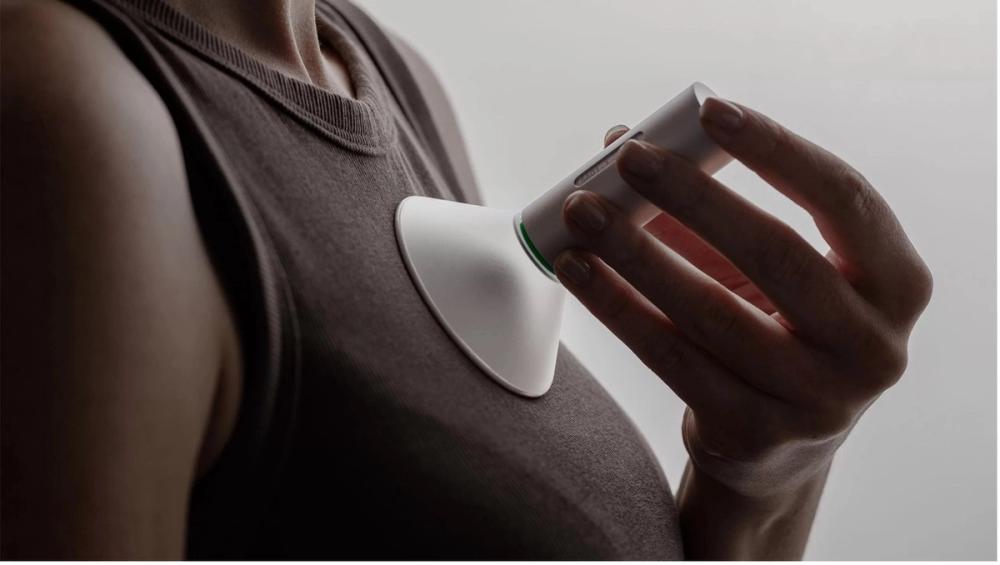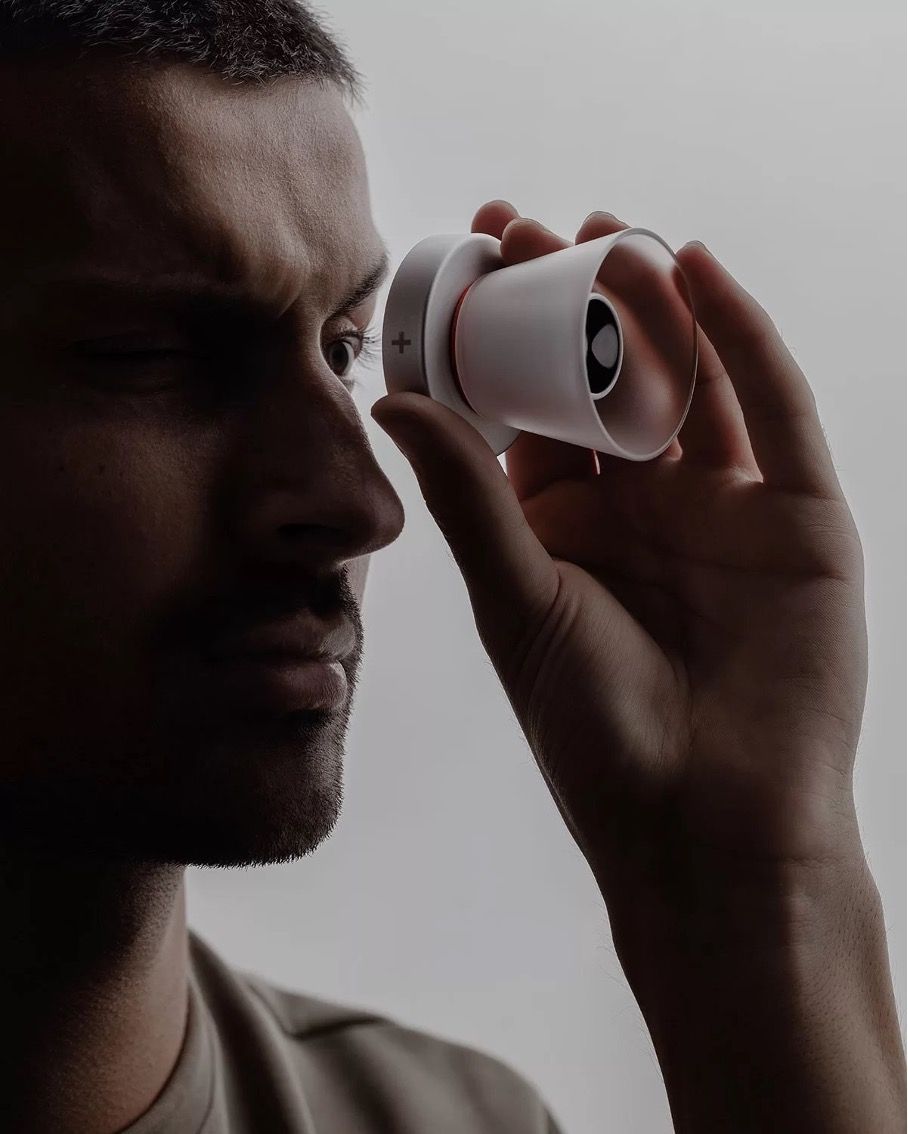The smart aid kit
The power of good design for an ageing population
Good design plays a pivotal role in facilitating the transition to aging in place. This emphasis on design goes beyond creating accessible innovations; it also involves addressing the specific needs of an aging population. Well-designed innovations prioritize usability, intuitive communication, inclusivity, and aesthetics, empowering the aging population to embrace and benefit from technological advancements. This fosters independence and enhances their overall quality of life. The slow adoption of new innovations in the ageing in place landscape is often attributed to poor design. A simple, but reliable method for assessing design quality is by evaluating how easy it is for common users to use. When users require a course to comprehend the usage of a product or service, poor design is often the issue. Therefore, good design plays a crucial role in facilitating the transition to aging in place.
Good design tells a story
Additionally, good design holds the power to communicate narratives and evoke emotions, making it a vital tool in storytelling. The psychology of visual perception underscores how elements such as color, composition, and aesthetics shape a compelling narrative, creating a profound impact on the viewer's understanding and engagement. In essence, the synergy between good design and storytelling enhances communicative potential. To guide people toward a potential future, we must tell a compelling story through good design. Good design, therefore, is not just a functional necessity but also a means to captivate hearts and minds, influencing individuals to embrace positive change.
A good example of how good design can tell a story is the conceptual vision for universal healthcare by Modem and Map Project Office.
Smart Aid Kit, a vision for universal healthcare
Nearly half of the world's population faces significant barriers to accessing essential health services. In a groundbreaking collaboration, Modem partnered with the industrial design studio Map Project Office to envision a conceptual universal healthcare solution powered by generative AI technology. The result is the Smart Aid Kit—a collection of innovative medical devices designed to overcome barriers and empower individuals and communities to perform basic triage.
The global health gap
For a substantial portion of the global population, easy access to healthcare remains a distant dream. Despite international efforts to achieve universal healthcare coverage by 2030, progress has been slow. Accessibility challenges, primarily driven by the cost of care and limited clinician availability, persist worldwide. In wealthier nations, rising medical costs and a workforce shortage pose significant barriers to healthcare access, leaving many without timely medical attention.
Healthcare is increasingly becoming a privilege that only benefits the wealthy, who can afford it, and the fortunate, who live near well-staffed, affordable facilities.
AI's potential in healthcare
Recent advancements in AI, particularly Large Language Models (LLMs), have transformed healthcare in developed countries. Technologies like telehealth and wearable devices have already made a substantial impact on patient care. AI, such as Google's Med-PaLM, holds promise in providing accurate medical information and advice, especially in areas with limited access to healthcare professionals. Despite the potential benefits, AI-based healthcare models face challenges, including bias. Most LLMs are developed in Western nations, leading to bias in data and solutions that may not be universally applicable. To address this, AI tools must be trained on diverse datasets representative of different regions and populations.
The Smart Aid Kit
To bridge the healthcare gap, Modem and Map Project Office propose the Smart Aid Kit—a revolutionary concept merging advanced software with purpose-built hardware. This kit comprises a durable case with mini-solar panels and four essential medical devices powered by a medical LLM. Positioned in public spaces for easy community access, the kit guides users through a consultation-like process to assess their health needs. The Smart Aid Kit includes a stethoscope, spirometer, ophthalmoscope, and a skin analyzer, each designed to provide more than traditional functionalities. These devices, powered by the embedded LLM, can assess a wide range of health conditions, from cardiovascular health to skin cancer, providing valuable insights for early diagnosis. Designed for non-professionals, the Smart Aid Kit's user interface ensures ease of use. Display text appears and fades through the case material, maintaining user focus, while text-to-speech functionality enhances universal accessibility.

The Smart Aid Kit represents a transformative approach to addressing global healthcare disparities, narrating a vision of a future where universal healthcare becomes a reality through the integration of AI and thoughtful design by Modem and Map Project Office. Moreover, as we delve into the transformative potential of the Smart Aid Kit, it becomes evident that its innovative features not only address immediate healthcare challenges but also align with the broader narrative of the power of good design in fostering independence and well-being.

